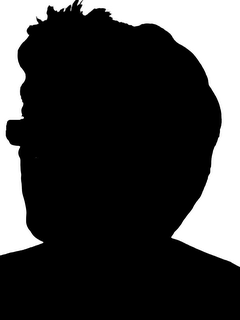Uninteresting to non-physicists
[This is a note to myself, because I'm bound to forget it otherwise]
Acoustic-optical (AO) modulators consist of a piezo-electric transducer - to convert an electrical signal into an acoustic wave - bonded to an optical material (like tellurium dioxide, fused silica etc) which caries the acoustic wave.
The use of an AO modulator I'm most familiar with is a controllable polarizer for optical orientation experiments. Optical orientation unpolarized light to generate spin-polarized carriers in a semiconductor (to "orient" them). Control over light polarization can be achieved with a suitable light source followed by a linear polarizer and either half-wave plate (linear pol) or a quarter wave plate (circular polarization). However, a side effect of using circularly polarized light to generate spin polarized excitons is that the electron spin couples via the hyperfine interaction to the nuclear spins, generating spin polarized nuclei. This can be a problem, as nuclear spins dephase/relax via dipole mechanisms which have much longer (relaxation T1 and coherence T2) lifetimes than electrons or holes. Carrier lifetimes in bulk III-V are usually less than 10ps compared with ~10s (!) for nuclei. This can wash out the effect you are trying to measure.
The way round this is to use an AO modulator, together with a half-wave plate, to flip the polarization very rapidly (~10kHz). This eliminates longer time effects like nuclear polarization.
The other use for AO modulators, that I've been finding out about recently, is to shift a laser pulse frequency, for example for heterodyne optical spectroscopy. The obvious way to do this would be to incorporate a modulator into the cavity and use the tunable dispersion or birefringence, perhaps together with another element to shift the wavelength of the laser. However, to do heterodyne spectroscopy, we need two (or more) coherent pulses of different frequency, so a laser pulse needs to emerge from the cavity unmolested, and then a beamsplitter(s) used to generate appropriate pulses. A pulse is then incident on an AO modulator, which is being modulated in the ultrasound region. This generates a series of compressions and rarefractions in the optical material, in effect a transient diffraction grating propagating thru' the modulator. The laser beam is refracted thru' the modulator, and deflected at some angle as expected from the diffraction grating. However, as the diffraction grating is propagating, it induces a Doppler shift in the frequency of the light (exactly as a mirror that was moving at a velocity that light was reflected off would, or as a car in a radar speeded trap does) shifting the light frequency to a higher (or lower) wavelength. You then have two coherent pulses as a different wavelengths! Clever, eh?

No comments:
Post a Comment